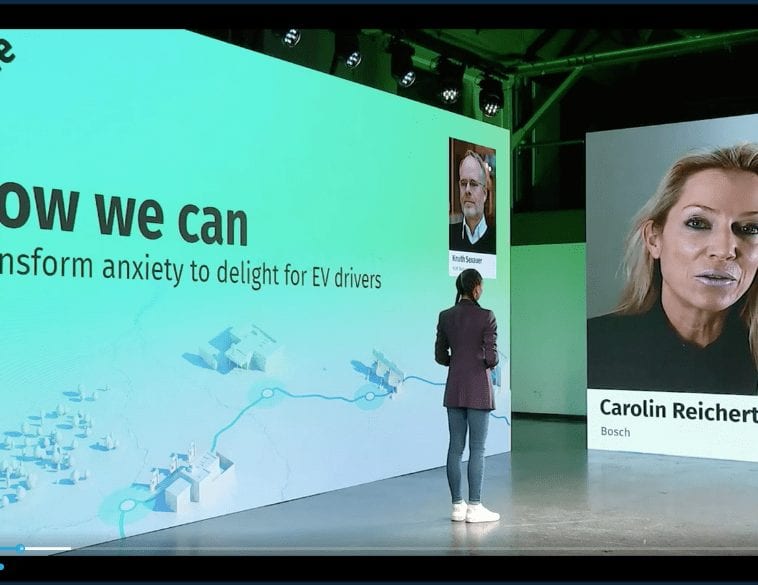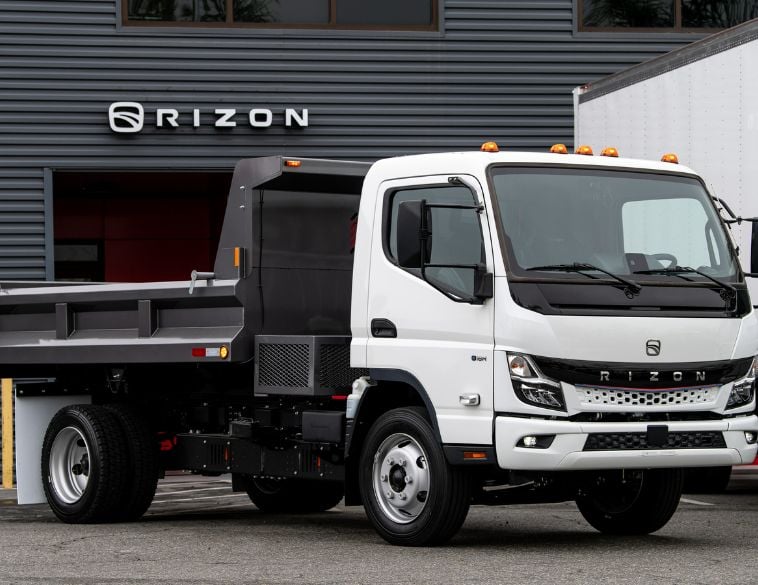At CES 2021, two experts explained how their companies are working to remove barriers to EV adoption.
Carolin Reichert, Vice President of Connected Mobile Solutions at Bosch, and Knuth Sexauer, Vice President of Sales at HERE Technologies presented technologies whose development could reassure many potential users of electric vehicles.
According to Reichert, one of the main barriers to the adoption of this technology still revolves around the issue of autonomy. “People are afraid of breaking down or having to travel only close to the vehicle,” she said, based on studies. “The dashboard may indicate a remaining range of 200 kilometers, but if the driver faces a long period of congestion or special weather conditions, that range may quickly melt away.”
She also points out that as long as it’s easier to find a gas station than a functional and available charging station, motorists are likely to remain lukewarm about EVs.
Sharing information
The solution, according to Sexauer, is a more efficient sharing of already available information that the car could take into account to help the user plot optimized routes. “We need to change the way we plan a trip, and telematics can play a big role in that,” he says.
“If the navigation system can help us find available parking, it should also indicate the location of charging stations. The same system could also take into account road conditions and the topography of the route to more accurately determine the vehicle’s true range. This would provide the best route and reduce the number of stops required for recharging.”
Carolin Reichert understands that for fleet managers, tools must necessarily be put in place to facilitate the introduction of EVs. For example, charging stations must be part of the itinerary, if necessary, but more importantly, they must be able to accept pre-authorized or online payments.
Added value
Sexauer noted that his company is working with KIA to add value to the EV experience. It’s an integrated approach within the vehicle so that the user can see where the available stations are along the route, whether they need to recharge, and what restaurants or other businesses they can visit while their vehicle is refueling. “We could see the development of EV-related service hubs that would make the experience more enjoyable and efficient.”



